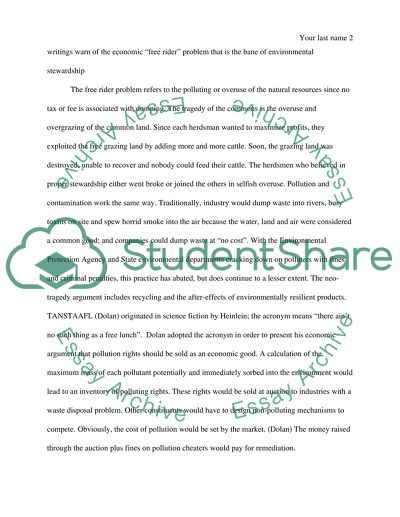Cite this document
(“Investigating the environemtal impacts from plastic bags Research Paper”, n.d.)
Retrieved from https://studentshare.org/family-consumer-science/1407700-investigating-the-environemtal-impacts-from
Retrieved from https://studentshare.org/family-consumer-science/1407700-investigating-the-environemtal-impacts-from
(Investigating the Environemtal Impacts from Plastic Bags Research Paper)
https://studentshare.org/family-consumer-science/1407700-investigating-the-environemtal-impacts-from.
https://studentshare.org/family-consumer-science/1407700-investigating-the-environemtal-impacts-from.
“Investigating the Environemtal Impacts from Plastic Bags Research Paper”, n.d. https://studentshare.org/family-consumer-science/1407700-investigating-the-environemtal-impacts-from.


